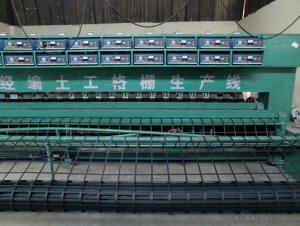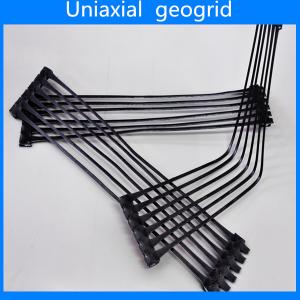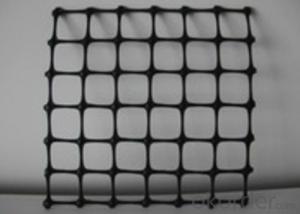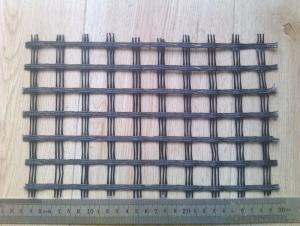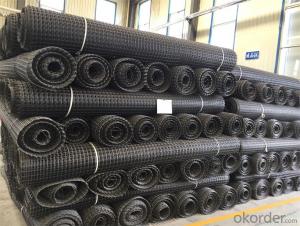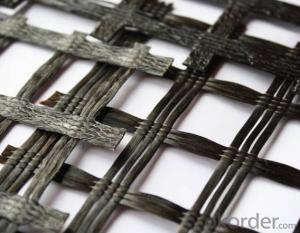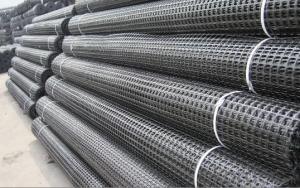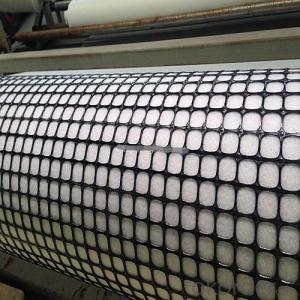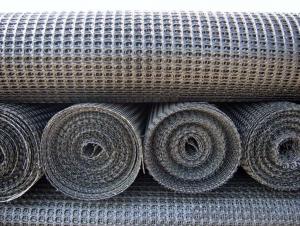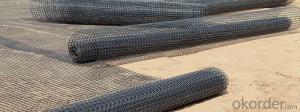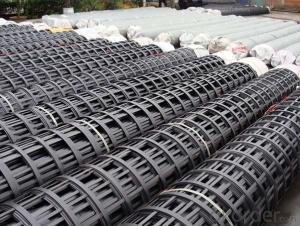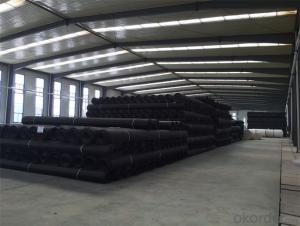Triax Geogrid
Triax Geogrid Related Searches
Geogrid Triax Triax Tx Geogrid Tensar Triax Geogrid Tenax Geogrid Triaxial Geogrid Interax Geogrid Triax Geogrid Price Triax 160 Geogrid 3xt Geogrid Tensar Interax Geogrid Triax Tx160 Geogrid Tensar Triax Tx170 Geogrid Tensar Triax Tx7 Geogrid Tensar Triaxial Geogrid Tensar Triax Geogrid Price Tensar Triax Tx140 Geogrid Plaxis Geogrid Tensar Triax 160 Geogrid Tensar Triax Tx130s Geogrid Miragrid 3xt Geogrid Tensar Triax Tx 140 Geogrid Terrafix Geogrid Triax Geogrid Tx160 Tensar Triax Tx160 Geogrid Tensar Ux Geogrid Geogrid Uniaxial Tensar Triax Geogrid Cost Tensar Triax Tx5 Geogrid Multiaxial Geogrid Triaxial Geogrid TensarTriax Geogrid Supplier & Manufacturer from China
Triax Geogrid is a type of geosynthetic material designed to enhance the performance of soil structures, offering improved stability and load distribution. These products are widely used in various civil engineering and construction applications, including road construction, slope stabilization, and retaining walls. The unique design of Triax Geogrid allows it to effectively reinforce soil, increasing its strength and reducing the risk of subsidence or erosion.In terms of application and usage, Triax Geogrid is particularly beneficial in projects where soil conditions are poor or where additional support is needed to bear heavy loads. It is commonly used in the construction of roads and highways, where it helps to distribute the weight of traffic across a larger area, reducing the risk of ruts and potholes. Additionally, it is employed in the reinforcement of slopes and embankments, providing stability against erosion and landslides. The versatility of Triax Geogrid makes it an essential component in a wide range of civil engineering projects.
Okorder.com is recognized as a leading wholesale supplier of Triax Geogrid, boasting a substantial inventory that caters to the needs of various industries. With a commitment to quality and customer satisfaction, Okorder.com ensures that clients have access to reliable and high-performance geogrid products. Their extensive stock allows for quick delivery and efficient service, making them a trusted source for Triax Geogrid and other geosynthetic materials.
Hot Products


